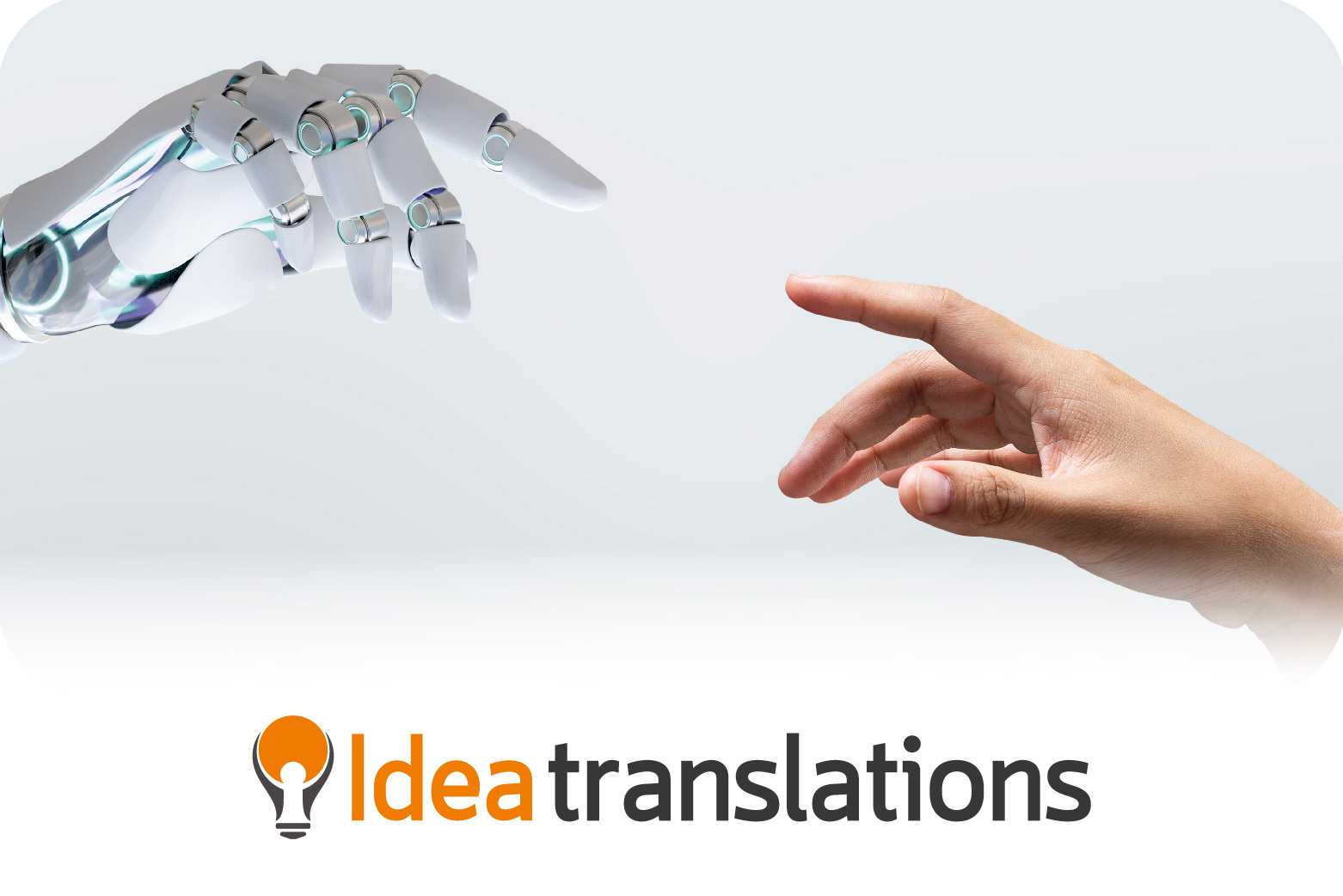
Can Machines Make Us More Human?
Artificial Intelligence (AI) and automation are reshaping industries across the board, from healthcare and education to manufacturing and customer service. While early concerns centered on the fear that machines might replace human jobs—or even erode the essence of what it means to be human—the conversation has taken a more optimistic turn. What if technology could actually help us embrace what makes us human?
In this blog, we explore how AI is transforming not only the way we work but also how we connect, innovate, and grow as individuals.
Technology Meets Humanity: A New Perspective
For years, the story was clear-cut: machines were designed for efficiency, while humans provided the creativity and emotional depth. But AI has started to blur these lines, unlocking opportunities for deeper connections and boundless innovation.
Imagine shedding the monotonous tasks that keep you chained to routine and channeling that energy into bold ideas and problem-solving. The results? A vibrant team producing authentic, impactful content and solutions rooted in passion and originality.
When baseline tasks are handled by technology, professionals can devote themselves to storytelling and meaningful engagement, fostering deeper connections with their audiences.
Building More Meaningful Customer Experiences
Today’s customers demand hyper-personalized interactions—and AI is making this possible. By analyzing vast amounts of data, AI helps organizations anticipate and respond to individual customer needs with precision.
This ability to dive into complex datasets offers companies a profound understanding of their customers’ behaviors, preferences, and challenges. Armed with these insights, businesses can proactively solve problems, build trust, and deliver genuine value.
When companies use these tools to engage authentically, they move beyond mere transactions to create thriving communities and loyal relationships.
Facing the AI Fear Factor
Let’s address the elephant in the room: the rise of AI has sparked concerns about job displacement and an uncertain future. But with thoughtful implementation, AI can be a partner, not a rival.
Picture a workplace where humans and machines collaborate seamlessly, each complementing the other’s strengths. With AI handling routine tasks, humans are free to experiment, innovate, and push creative boundaries. This partnership redefines “skilled labor” by emphasizing work that is meaningful, impactful, and fulfilling.
The key lies in leadership. Leaders who adopt AI with empathy and strategy can guide its development to benefit people rather than replace them. It’s about finding balance and ensuring technology serves as a bridge to greater connection, not a barrier.
A Tool for Humanity, Not Against It
AI isn’t inherently good or bad—it’s a tool whose potential is defined by how we choose to use it. As creators, users, and beneficiaries of this technology, it’s our responsibility to ensure it builds deeper connections, fosters empathy, and drives collective progress.
The future isn’t about humans versus machines. It’s about humans and machines working together to elevate what makes us uniquely human. The real question isn’t whether machines can make us more human—it’s how we will leverage their potential to enhance our humanity.
For businesses ready to embrace this vision, the possibilities are endless.



